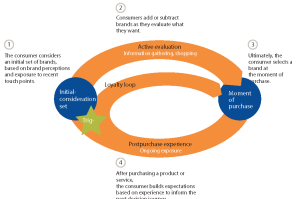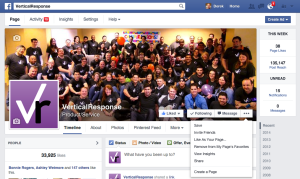
The majority of your team members are likely to be more stressed right now than you’ve ever known them to be. You’re probably more stressed too. Even the most even-keeled pros may be feeling more anxious, sad, angry, and confused by the disruptions of the pandemic and the anguish of the protests against structural racism and police brutality.
You may find that employees who already suffer from anxiety or depression seem tighter or fussier, more withdrawn or more aggressive. Black employees and other staffers of color who have dealt with a lifetime of racial injustice might be more openly upset or suffering from increasing post-traumatic stress disorder (PTSD) in response to the recent murders of unarmed black people and the societal anxiety and stress accompanying this moment in society.
Last week I did a workshop for a client who recognized that her people needed extra support to accommodate and resolve some of their stresses about security, managing numerous and new priorities from both home and job, and staying even-keeled enough to get their work done. I shared a variety of techniques for self-calming and self-managing, from stretching and breathing, to reorganizing for managing conflicting priorities. I explained that while all of the suggested techniques work for some people, no technique will work for everyone.
Work Through the Stress to Get to Your Work
One participant asked how to focus on work when you have other things on your mind, or when you’re obsessing over the news and checking your phone too often. My response was that sometimes it’s appropriate to compartmentalize to be able to get your work done. Your brain is always working, but you want it working on a particular thing, and not everything else. So, if you’re distracted by your own phone and news checking, start by putting the phone in the other room. You may need to have a big banner on your screen when you sit down to work that says, “Did you ditch the phone?”
Then process your emotions. Let your feelings of sadness or anger wash over you. You can say to yourself, “I notice that I have these strong feelings of anger or sadness or worry, and I accept them,” and don’t try to do anything. Just sit there. If you can, identify any feelings located in your body and describe them to yourself: “I feel buzzy in my chest, my neck is tight. My stomach is churning. And I realize that my right hand is gripping.” Once you’ve named the emotions and detailed the physical manifestations, you could even jot them down to make them more concrete.
Next, tell yourself you will come back to whatever the emotion is. Promise the emotion that you’ll return and tend to it: “I’ll come back to you at 8:00 tonight, and we will have 15 minutes to worry intensely together.” And then you put it aside and take up your work. If the emotion starts to come back, you can remind it about your date later — and be sure to give it that time as promised!
Learn to Turn Your Work On and Off
Another person asked how to create a boundary between working and not working when you’re at home. The first thing I suggested was to change the language from “not working” to being “off duty” to remind yourself that you are consciously not engaging with work. The second is to make physical transitions out of work mode and enforce the change of state. Shift your physical location even if it only means moving your chair to face a different direction.
Try changing your clothing to signify you are no longer in work mode. For people who like to work in their pajamas all day, you could start wearing a cap when you’re working and taking the cap off to signify that you’re off duty, or vice versa. Consider planning a specific pleasure or personal activity that you pick up as soon as you go off duty: You might read a novel, or hug your children, or start your exercise — something you do for yourself.
If it’s possible to go outside and be in nature for a few minutes, that’s an excellent separation tool. And if you can’t actually get outside but you have access to a window, go stand by it. If you can do up to three minutes of looking at nature or beauty — really looking and seeing what’s there — and breathing deeply, you’re most likely to feel the transition from one state to another.
Every Little Bit Helps
Perhaps the most important question came from an attendee who expressed frustration about implementing any of these coping techniques even though she saw their value. She worried that it might take too much extra effort to take care of herself, and was concerned that if she tried something without immediate success, that she’d return to her usual method of coping, which wasn’t necessarily successful.
I encouraged that she experiment with the smallest possible things to avoid triggering our natural resistance to change. For example, you’re breathing anyway, so at any time in the day, you might just exhale a little longer, as in one of the breathing exercises we had discussed. And if you congratulate yourself for making the change, your brain notes that you did something new and got a positive result — and that will reduce your resistance the next time.
It’s also helpful to put up notes to remind yourself to try the new thing you’re focusing on. Adjust the notes’ position, color, or size roughly every three days, or you’ll start to ignore them. You could also tell someone else that you’re going to report to them about how often you breathed longer or managed your worrying or kept your boundaries. You don’t have to make them an accountability partner and ask them check on you; it can make you feel guilty and burdened if you don’t make as much progress as you planned. But you can tell them about even minimal successes and let them congratulate you.
We’re all going through a hard time, and we all need new approaches to help balance out our commitments, our loved ones, and our stress. If you need more techniques, or if you want to report on how you’re doing, please get in touch.
Business & Finance Articles on Business 2 Community
(15)







